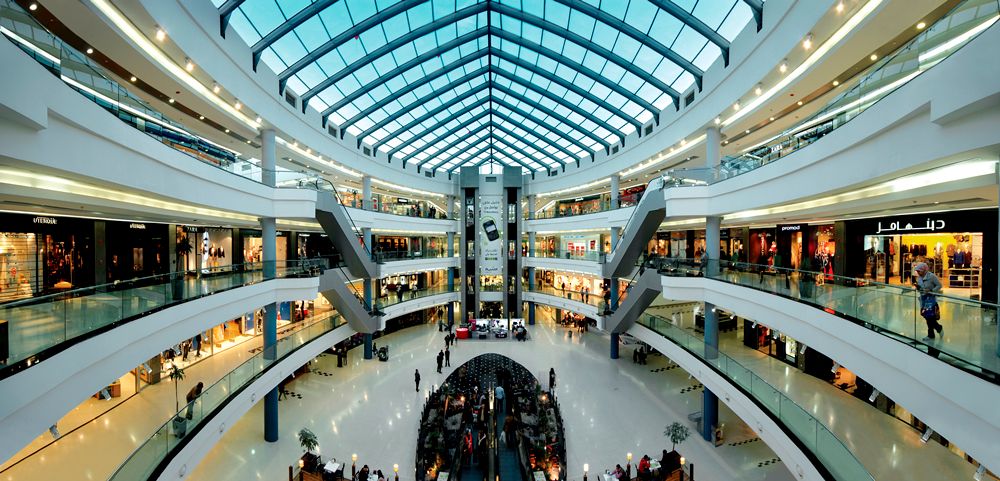
Coming at the end of a dire year for UK retailers, the severe profit warning issued by ASOS a week before Christmas, on downgrading its sales growth target from 25 to 15%, has shocked the market. Could this be the end of consumerism?
Despite the cash-flow troubles experienced by many high-street retailers, including big players such as House of Fraser and Debenhams, many market analysts thought that online-only retailers would fare better. Avoiding the costs associated with owning and managing a property portfolio, they have structured their offering around consumer preferences for convenience and speedy delivery – this would surely stand them in good stead.
Recent events have proved otherwise and it is clear that some online retailers are suffering in a similar way to bricks and mortar retailers. A shift in consumer sentiment seems to be to blame – could it be Brexit uncertainty?
The truth is that consumer confidence was bound to dip at some stage and if the ‘unbelievably bad’ November sales figures (to quote Mike Ashley) are anything to go by, this may have just begun. But the cause is much more complex than simply Brexit uncertainty. A toxic cocktail of factors has been chipping away at confidence for some time – rising consumer debt; increasing interest rates; a lack of public spending due to austerity; weather conditions not conducive to shopping and intense market competition from Amazon and other online platforms. All have been piling the pressure on retailers’ margins and encouraging consumers to think more carefully about what they spend and when.
At this half point in the seasonal trading calendar, the anxiety among retailers is more evident than usual – regardless of whether they are bricks and mortar, online only, or a mix of the two. Most retailers with larger property portfolios have already explored the possibility of using a CVA to negotiate down their rents and reduce their fixed costs. In 2019, demand for advice in relation to prepack administrations and liquidations, particularly among SME retailers, is likely to increase. For many, decision time could come early in the New Year as suppliers step up demands for payment, adding to pressures on cash flow.
It would be nice to think that consumers would come to the rescue, by increasing their spending. In a climate of low interest rates, with some attractive discounting and finance deals around, this isn’t a fanciful as it sounds. However, with the Brexit deadline approaching and political uncertainty ongoing, consumer sentiment seems likely to remain muted in the short term.
In the late 80s, a person earning £30,000 per annum, with a property increasing in value by £30,000 per year, felt as if they were earning more like £60,000. By the early 1990s, in the midst of a deep economic recession and falling property prices, the same individual felt they were earning much less. Applying this scenario today, it is evident that consumer confidence is still hanging on and while shoppers may be deferring or avoiding some big ticket or luxury purchases, they have not stopped spending altogether.
With this season’s trading performances still in the balance, retailers will be hoping for the usual surge in sales in the last few days before Christmas, with the promise of more to come in January. If they don’t get what they need, insolvencies will follow. Retailers can still act to improve their trading performances and whilst consumerism is down, it is not out.
Simon Underwood, business recovery partner and turnaround specialist at accountancy firm, Menzies LLP.